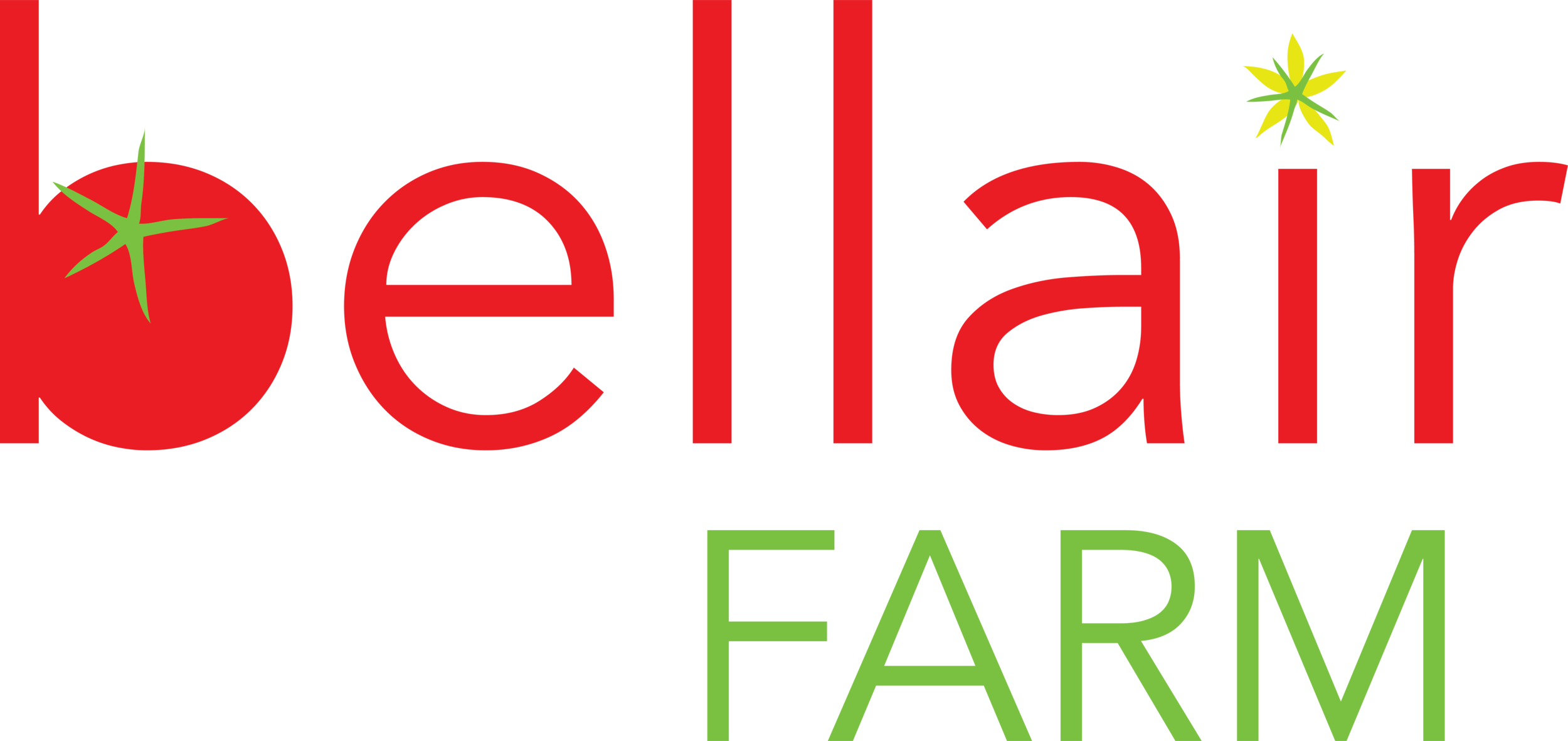Cover Cropping: Covered
Michelle stands in front of a healthy stand of vetch (purple flowers) and rye cover crop in May 2023. This particular crop was seeded in September and allowed to grow for many months. They both germinate after planting and the rye grows slowly over winter while the vetch is in near-standstill dormancy. In April, the rye shoots up and dominates. In May, the rye begins to fade and the vetch takes over. This is a great combo for no maintenance over a long stretch of time because this vetch will remain strong through midsummer. At the time of this photo, we were grazing our chickens up slowly from the south end.
If you’re not a farmer, you might not know about cover crops. Cover crops are crops that are primarily grown for non-harvest purposes. These purposes are generally related to soil health and retention of natural resources like soil, nutrients, and water. Cover crops come in a wide variety of types that all contribute different things to the ecosystem of the farm. Read on to lean a bit more about some of the cover crops we’ve grown recently and see some photos of cover crops in action!
Reasons to Cover Crop
There are many reasons to cover crop! Bare soil is exposed to wind, sun, and rain, leaching it of nutrients and gradually blowing/washing it away. Keeping the ground covered (hence cover crop), prevents this. Water is retained, nutrients are cycled by the crop, and soil is protected from harsh winds and temperatures, making better conditions for biological soil life. At the same time, through it’s uptake of nutrients and water, these cover crops build up a bank of organic matter (the tissues of the plant itself), and that organic matter will be reincorporated back into the soil at the end of the cover crop’s span. This organic matter is what soil microprganisms feed on and also contributes to a “fluffier” soil texture.
Jorge Luis terminates mustard cover crop (foreground) and vetch (background) in PYO 1 in 2023. We rested PYO 1 for the whole summer in order to recharge it.
Getting into specific cover cro types reveals even more benefits. Legumes like clover are notrogen-fixers, and are great to grow on fields after grazing our chickens through so that they can capture all that nitrogen. Buckwheat is a super-fast grower that helps make phosphorous more available to other crops. Sorghum Sudangrass is an incredibly prolific plant that thrives in summer temps and drought and can reach up to 8 feet tall for mazimum biomass production. Different cover crops grow better in winter vs summer and we are also always trying to find cover crops in different plant families than what we’re growing as our cash crop in that area. For exmple, we grow mustard cover crop on our PYO fields, but would not include that in a cover crop of one of our greens fields as mustard is in the greens faminly.
Jorge Luis terminates rye cover crop in April, 2023. We have to be ahead of the game when cover cropping in fields we intend to use later. It can be quite difficult to kill a rye crop that is still young, even after mowing/tilling. Another thing we have to be careful of is re-seeding. If you let a cover crop go to full-seed (we sometimes do on purpose and sometimes not on purpose), it can then be a weed for you in the future! Word to the wise!
As you can see, cover cropping helps with soil nutrient management, soil retention, and the soil-ecosystem as a whole. Anecdotally, Nat and I have seen improvements (better tilth or soil texture, fertility, and yields) on the farm since we have begun to take cover cropping more seriously (about 2020).
Chickens forage amongst rye and vetch in 2021. They eat the cover crops, shelter under them, and tamp them into the soil where they can be broken down and incorporated.
Sorghum-sudangrass in the maze field in September 2022. This crop in a good season will grow to 8 feet tall. It didn’t make it that tall in 2022 but still made a great maze!
Our 2022 Maze: fun for us and food for wildlife!
Even beyond all the soil benefits, there are more ways in which we can use cover crops. They make a great forage for livestock! So far, we have mainly grazed our laying hens on resting veggie fields in cover crop. They love eating the leaves of legumes and the seeds of the grain crops. Tall cover crops provide shade and predator cover for the hens in addition to food. In the future, we hope to intermittently involve other livestock in with our cover cropping ventures. Doing so is complicated, relying on many many factors to line up perfectly, but can be very rewarding financially and ecologically if pulled off well.
One last place we have used cover crops is in our Sorghum Sudangrass Maze! This crop makes a beautiful and unique maze for our customers to play in. When we’re done with the maze at the end of the season, we leave it standing,where it essentially becomes a “food plot” for birds, deer, and other wildlife. We have even seen bobolinks (a grassland bird in steep species decline) feasting on the seeds in the maze field.
The maze is wonderful whether green and growing or brown from being frosted.







